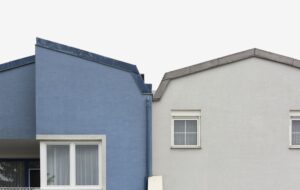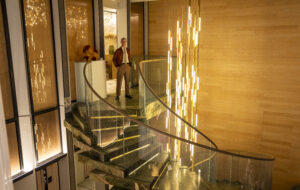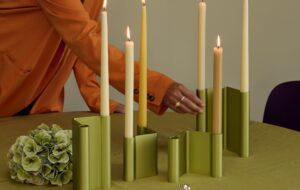
words Chris Hall
Miami Vice was the first television series to be solely about style.
It was shot on location mainly around the South Beach area of Miami and looked seductively glamorous: the sleek speedboats, the Armani and Versace linen suits over T-shirts, the leather loafers worn without socks, the Ray-Ban shades, the rolled-up suit sleeves, the pet alligator.
The show ran from 1984 to 1989 and was huge worldwide. Now it is a Hollywood movie directed by the series’ executive producer Michael Mann. Starring Colin Farrell and Jamie Foxx, the movie looks set to be a lot grittier and more neo-noir than the 111 episodes of the TV series, which pioneered a form of stylish crime busting-lite.
Sonny Crockett (played by Don Johnson) had permanent three-day stubble, counterpointed by the more suave style of his partner Ricardo Tubbs (Philip Michael Thomas), a New Yorker who went for grey or blue double-breasted suits.
Mann’s aesthetic paired a cool pastel sheen with an MTV soundtrack that largely replaced the narrative. Part of the show’s achievement was that it somehow made a lot of terrible music – INXS, Stray Cats, Yello, Phil Collins – sound much cooler than it was.
The soundtrack and visuals were fused together in a series of stylised sequences, linked by Jan Hammer’s synthesized instrumentals. Hammer’s soundtrack was a curious hybrid of free jazz, electronica and soft rock, and the theme tune came squalling out of a tableau of art deco buildings, the black Ferrari Daytona Spyder (later a white Testarossa), palm trees and bikini-clad women. It was all about ogling the clothes, the cars and the architecture.
The show pioneered the use of slightly leftfield special guests, including Bianca Jagger, Lou Diamond Phillips, Miles Davis and Frank Zappa, and had a strong influence not just on other cop shows, like The Equalizer and NYPD Blue, but also on fashion. The aesthetic returned last year in Versace’s pastel suits and Miu Miu’s suit jacket with sleeves rolled up for its Spring 2005 collection.
Miami Vice was also one of the first TV series to have film production values. The wonderful art deco and modernist architecture of Miami was more than merely a backdrop for the show – it suggested shifts in mood or tone – and there was a marked attention to detail (Mann repainted the sides of buildings in the preferred shade). Glass bricks abounded in the sweeping spiral staircases that drug barons descended, flanked by heavies, talking of “keys” of cocaine.
The stilted dialogue, with its nod towards spaghetti western cool, never convinced. The other characters were fairly peripheral, except for Lieutenant Castillo (Edward James Olmos), the intense, pock-faced boss, who barely spoke apart from a meaningful “Find them” or “You’ve got three days”.
But it was never about the dialogue or the plot (for undercover cops, they seemed to go in through the front entrance of Miami-Dade HQ rather a lot).
As JG Ballard pointed out: “The storylines are purely decorative. It carries to the nth point a tendency evident in most TV drama.” If it wasn’t for the music, you’d want to watch it with the sound turned down.
















